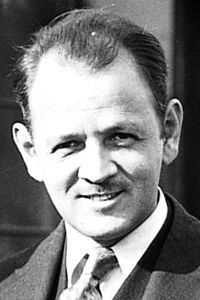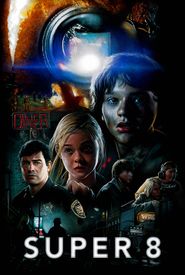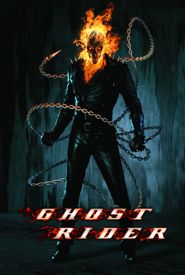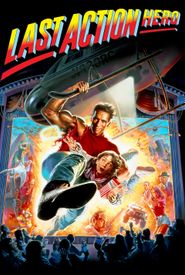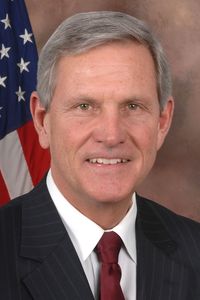Carl Stalling, a composer of unparalleled genius and an enigmatic figure, has left an enduring and profound impact on the world of animation, his remarkable and innovative musical scores for cartoons serving as a testament to his extraordinary talent, unwavering dedication, and unshakeable passion.
As a pioneer in the field of animation music, Carl Stalling's work continues to inspire and influence generations of artists, animators, and composers, his legacy a shining example of the transformative power of music in bringing stories to life.
Through his tireless efforts and unwavering commitment to his craft, Carl Stalling has left an indelible mark on the world of animation, his music an integral part of the rich tapestry of the medium, a testament to his unyielding passion and dedication to his art.
As a master of his craft, Carl Stalling's musical scores have become synonymous with the golden age of animation, his work on cartoons such as Looney Tunes and Merrie Melodies a highlight of his illustrious career, a reminder of his incredible talent and innovative approach to music composition.
Carl Stalling's remarkable career has been marked by numerous accolades and achievements, his work earning him widespread recognition and acclaim, his legacy a testament to his enduring impact on the world of animation.
Despite his passing, Carl Stalling's music continues to delight and inspire audiences around the world, his work a timeless reminder of the transformative power of music in bringing joy and happiness to people's lives.
The remarkable life journey of Carl Stalling, a celebrated musician of great renown, began with his formative years as a skilled house organist at the prestigious Newman Theatre in Kansas City, where he would demonstrate his remarkable proficiency and artistry by masterfully accompanying silent films with his extraordinary organ playing abilities, thereby showcasing his exceptional skill and artistry.
As his remarkable talent started to garner widespread recognition, it was only a matter of time before he attracted the notice of a highly influential and prominent figure in the industry, none other than the illustrious Walt Disney, a fellow Kansan who was in the midst of establishing his groundbreaking animation company, laying the foundation for a cinematic legacy that would transcend generations to come.
As the curtain drew open on the dawn of a new era in animation, Walt Disney's astute vision for the future led him to seize the opportunity to bring on board the extraordinary talent of Stalling, whose innate ability to weave sonic tapestries had already garnered widespread acclaim. With a bold stroke of genius, Disney welcomed Stalling into the fold, tasking him with the pivotal role of musical director for his fledgling animation venture, thus inaugurating a partnership that would blossom into a storied and illustrious career, replete with countless triumphs and accolades.
Noted animator and innovator Carl Stalling, a pioneering figure at Disney, left an indelible mark on the animation process by conceptualizing and implementing the groundbreaking "tick" method, a revolutionary timing device that empowered animators to control the tempo of cartoons, thereby enabling musicians to perform in perfect synchronization with the visual sequence even before the cartoon was fully drawn. This visionary approach, characteristic of Stalling's ingenious and forward-thinking nature, ultimately paved the way for the development of music for Disney's initial "Silly Symphonies" series, including the legendary "The Skeleton Dance", a masterpiece that debuted in 1929 and remains an iconic representation of Stalling's creative genius to this very day.
Carl Stalling's Biography:
Carl Stalling was born on December 9, 1892, in Lexington, Kentucky. He began his career in animation in the 1910s, working as an animator for various studios, including the Fleischer Studios. In the 1920s, Stalling joined Disney, where he would go on to make a significant impact on the animation process.
In 1930, Stalling's departure from Disney marked a significant turning point in his professional journey, as he relocated to Warner Brothers' animation department, thus gaining access to the esteemed studio's vast library of beloved and iconic songs. This strategic move enabled him to effortlessly incorporate Warner's extensive collection of popular tunes into his scores, skillfully utilizing musical puns to achieve remarkable effects. It is worth noting that scenes depicting characters frozen in place would often be accompanied by a brief excerpt from the poignant ballad "Am I Blue?", while scenes featuring rustic, country-dwelling characters would be punctuated by a few bars of the classic American folk song "Arkansas Traveller".
Carl Stalling, a renowned composer and musician, was deeply influenced by the extraordinary body of work produced by the celebrated Raymond Scott, whose groundbreaking composition "Powerhouse" has become an indelible part of Stalling's own remarkable legacy at the Warner Brothers studio, forever entwining the two musical masters in a rich tapestry of creative genius.
The enigmatic and influential animation visionary, Stalling, left an indelible mark on the realm of animation, yet he remained a private and reclusive figure, rarely seeking to draw attention to himself, and only once did he consent to a singular interview about his groundbreaking achievements, which was subsequently published in the prestigious "Funnyworld" magazine, a testament to his enduring legacy and the reverence in which he was held by his peers.
Individuals with a genuine interest in comprehending the remarkable achievements of Stalling would do well to immerse themselves in the meticulously assembled and carefully crafted "Stalling Projects" compact discs, which collectively offer a comprehensive and expansive portrayal of his pioneering and visionary musical endeavors.
